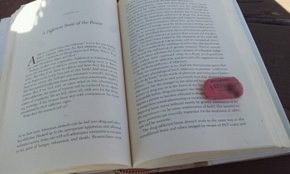
Want to improve your fiction writing? The internet is your oyster!
So many people leap into fiction writing just because they have what they think is a “plot” in their heads. The fact is, you need only have a glimmer of a plot in mind if you want to write fiction. The only question you should have in your mind at this stage is, “What tools do I need in order to write good fiction?” And I don’t mean fancy computer technology. Writing is a craft, and just like any other craft, the right skills and tools are needed to produce an exceptional product.

